Analyze the chances of living beings existing on Jupiter's moons
In addition to Earth, Europa is one of three worlds in our solar system - along with Saturn's two moons Enceladus and Titan - often thought to possess the three ingredients that make up life: liquid water, Energy and chemical molecular building blocks nourish life.
Europa hardly harbors life
In particular, Europa is of more interest than Enceladus and Titan because it is closer to Earth. Jupiter's orbit is only 4 astronomical units from Earth (1 astronomical unit corresponds to the distance from Earth to the Sun of 150 million kilometers) while Saturn's orbit is 9 astronomical units from Earth. .

Furthermore, Europa is thought to be about 4.5 billion years old, about the same age as Earth. In other words, life took the same amount of time to appear on Europa as it did on Earth.
As a way to highlight all those promising convergences, NASA is expected in October to launch Europa Clipper - the largest spacecraft it has ever developed for planetary missions.
But as Clipper's maiden voyage approaches, it remains unclear whether the ice-covered seas on Europa's moon can sustain life. As University of Washington planetary scientist Paul Byrne and other researchers question whether the seafloor on Europa is a dead zone, mysterious earthquakes are detected on Earth's moon suggests that mysterious mechanisms may also be at work inside Europa. And even if Jupiter's icy moon is uninhabitable today, that wasn't always the case.
Robert Pappalardo, a planetary scientist at the Jet Propulsion Laboratory in Pasadena, California, who worked on the Clipper mission, said the geology of Europa's seafloor and its ability to harbor life could is the crux of this moon's habitability problem. Pappalardo commented: 'That is a vexing question for us. Regardless, it's important to understand what life is like out there in general.'
All is quiet at the bottom of the ocean
Europa's ocean is in darkness. It is thought to lie beneath a layer of ice estimated to be at least 20 kilometers thick that envelops Jupiter's entire moon. And the depth of the ocean on Europa cannot be measured, but is only estimated to be about 60 to 150 km deep. For comparison, it is necessary to know that the average depth of the ocean on Earth is 4 km.
Whatever lives in that darkness must rely on chemical synthesis. While plants and phytoplankton synthesize food from light, water and carbon dioxide, chemosynthetic organisms harvest carbon-bearing molecules and energy released from chemical reactions in the environment of them. At the bottom of Earth's oceans, microbes of this type populate hydrothermal vents and methane seeps, chemical oases maintained by tectonic forces and volcanic activity.
For such organisms to exist in Europa's ocean, Byrne said, there would need to be geologically stable environments similar to those on Earth, or at least chemical reactions between the water and the surface. new stone. Therefore, the basic question for scientists is: How likely is it that this will happen?
Byrne and his colleagues built computer simulations of Europa's seafloor, taking into account the moon's gravity, the pressure of the ocean above, and the pressure of water inside the seafloor. From simulations, the team calculated the strength of rocks about 1 kilometer below the seafloor surface, or the stress needed to force faults on the seafloor to move and expose fresh rock to the surface. seawater.
Compared to the stress exerted on the seafloor by Jupiter's gravity and the convection of material in Europa's lower mantle, the rocks that make up Europa's seafloor have greater inertia, Byrne said. at least 10 times. From there, Byrne concluded: 'The take-home message is that the seabed in Europa is likely to be geologically inert', meaning it is very tight and does not easily create gaps for solvents to automatically erupt.
Not enough lava to revolutionize life
Austin Green, a planetary scientist at the Jet Propulsion Laboratory, shares this pessimistic view. He and his colleagues simulated lava flows originating from inside Europa, to test whether magma from below could rise to reach the seafloor and come into contact with water.
For that to happen, magma must first rise strong enough to breach the rock above. And second, the magma source must be large enough to steadily supply molten rock to the upwelling streams, otherwise they will cool and solidify during upwelling.
Simulations show that the first condition is impossible. Europa's low gravity, which reduces its ability to produce large chunks of molten rock, limits the force of magma's upwelling, Green said. Instead, magma only forms small clumps and is dispersed throughout the mantle.
The small volume of magma also eliminates the second condition: there must be enough supply. Assuming upwelling forces were satisfied, the team simulated magma flows rising in the mantle. They found that pockets of diffuse molten rock formed at a depth of about 200 km below the seafloor. From that depth, the magma flow rising to its highest point only advances 5% of the way to the sea floor before solidifying.
Green said: 'Volcanism on Europa's seafloor is very unlikely today. If volcanoes are necessary to support life, then Europa's ocean is uninhabitable.'
You should read it
- Admire the rare moment Venus and Jupiter 'meet' each other in the sky
- The distance from Earth to Jupiter - what is the largest planet of the solar system?
- Stunning photos of the largest moon in the Solar System
- Hot Jupiter is being torn apart by its host star
- Listen to the strange sound obtained from planets in the Solar System
- Anxiously awaiting the discovery of life on the moon 2.6 billion km from Earth
- For the first time, toxic gas has been discovered that confuses astronomers
- Appears more clues proving the existence of the mysterious 9th Planet in the Solar system
May be interested
- Try Disk Usage, a new tool to analyze hard drive space on Windows 10
 disk usage is located in c: windowssystem32diskusage.exe and will display the user guide when entering diskusage / ?. this utility can scan your entire drive or specified folders and report how many each folder is in use.
disk usage is located in c: windowssystem32diskusage.exe and will display the user guide when entering diskusage / ?. this utility can scan your entire drive or specified folders and report how many each folder is in use. - The sample of beautiful living room, modern apartment style
 here are the beautiful, modern apartment living room designs designed in a minimalist style but still bring subtle and impressive living space.
here are the beautiful, modern apartment living room designs designed in a minimalist style but still bring subtle and impressive living space. - 5 'sunk costs' of happiness
 like many other things in life, happiness is not free.
like many other things in life, happiness is not free. - 15 signs that you are living too negatively
 the following 15 things will drown your life if it doesn't change immediately!
the following 15 things will drown your life if it doesn't change immediately! - 40 immutable lessons to live happily in the midst of life
 short lessons but not everyone remembers. the lessons are simple but not everyone can apply .... but, if you can do it, you will live more comfortably and happily.
short lessons but not everyone remembers. the lessons are simple but not everyone can apply .... but, if you can do it, you will live more comfortably and happily. - Life is amazing: The process of transforming from a living cell to a perfect living organism in just 6 minutes
 find out how wonderful life is when a complete living organism is formed only from a single cell.
find out how wonderful life is when a complete living organism is formed only from a single cell. - The words 'pinned' into the heart in the film Living with her mother-in-law
 the lines in the film living with the mother-in-law have made many female audiences fear every time they think about the relationship which itself is very sensitive.
the lines in the film living with the mother-in-law have made many female audiences fear every time they think about the relationship which itself is very sensitive. - Ways technology can help you slow down
 looking for a way to live slower and more mindfully in the chaos of today's digital world? here's how technology can help you quickly achieve your slow living goals.
looking for a way to live slower and more mindfully in the chaos of today's digital world? here's how technology can help you quickly achieve your slow living goals. - The living room designs have beautiful stairs
 living room design ideas with beautiful stairs, scientific please refer.
living room design ideas with beautiful stairs, scientific please refer. - Sample living room level 4 with a beautiful wooden furniture
 here are sample living rooms for level 4 houses, level 4 garden houses, level 4 villas ... with simple but beautiful and luxurious wooden furniture, please refer.
here are sample living rooms for level 4 houses, level 4 garden houses, level 4 villas ... with simple but beautiful and luxurious wooden furniture, please refer.










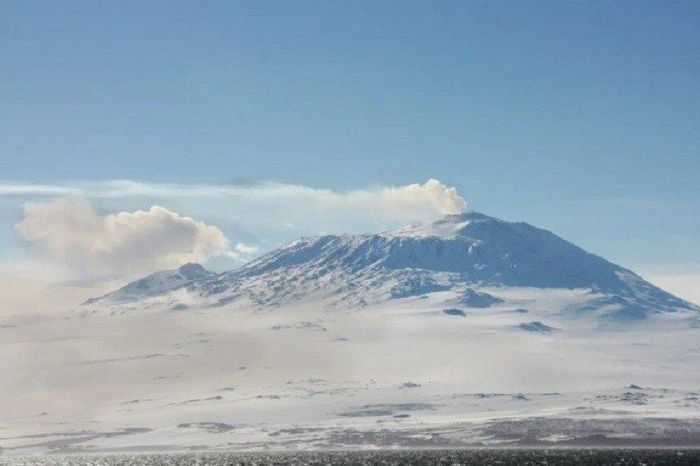 Strangely, the mountain spits out real gold every day but no one collects it
Strangely, the mountain spits out real gold every day but no one collects it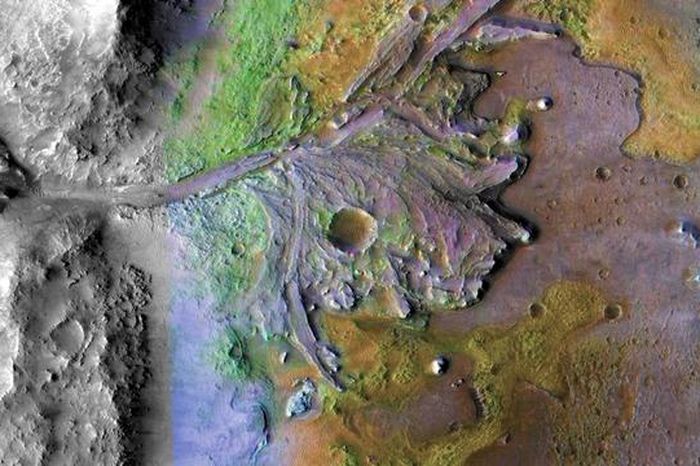 'Sudden death', the alien hunting ship still had time to leave behind its treasure
'Sudden death', the alien hunting ship still had time to leave behind its treasure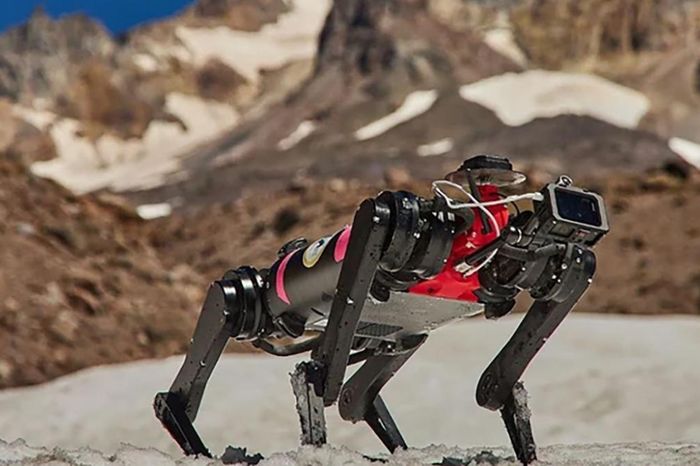 The US tested robots operating on the Moon
The US tested robots operating on the Moon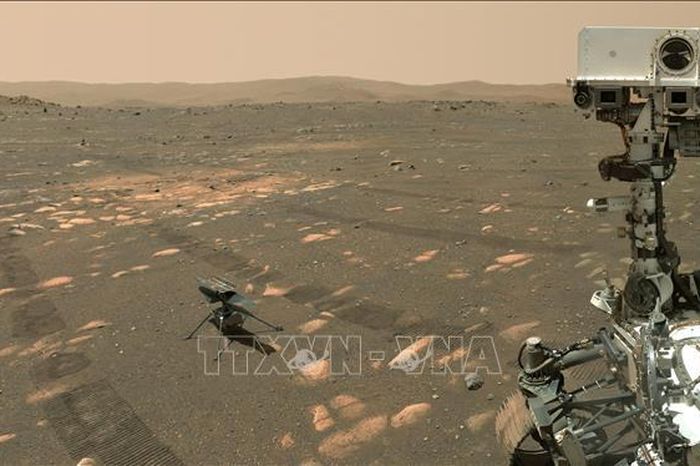 The Ingenuity exploration helicopter on Mars sends final information back to Earth
The Ingenuity exploration helicopter on Mars sends final information back to Earth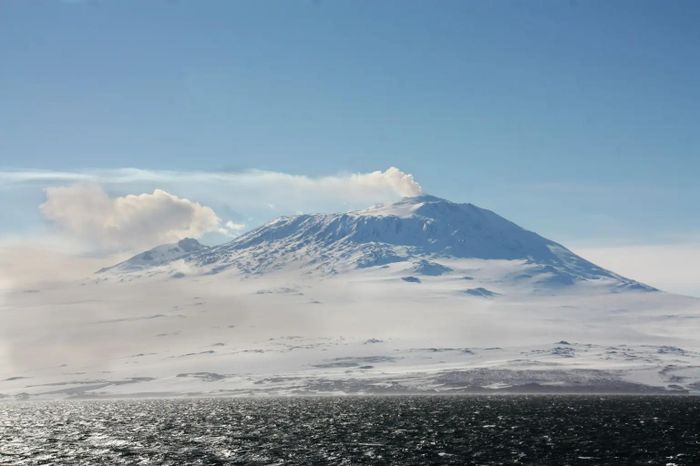 Rare volcano spits out real gold
Rare volcano spits out real gold The Hubble Telescope finds a galaxy glowing strangely from behind a dark nebula
The Hubble Telescope finds a galaxy glowing strangely from behind a dark nebula